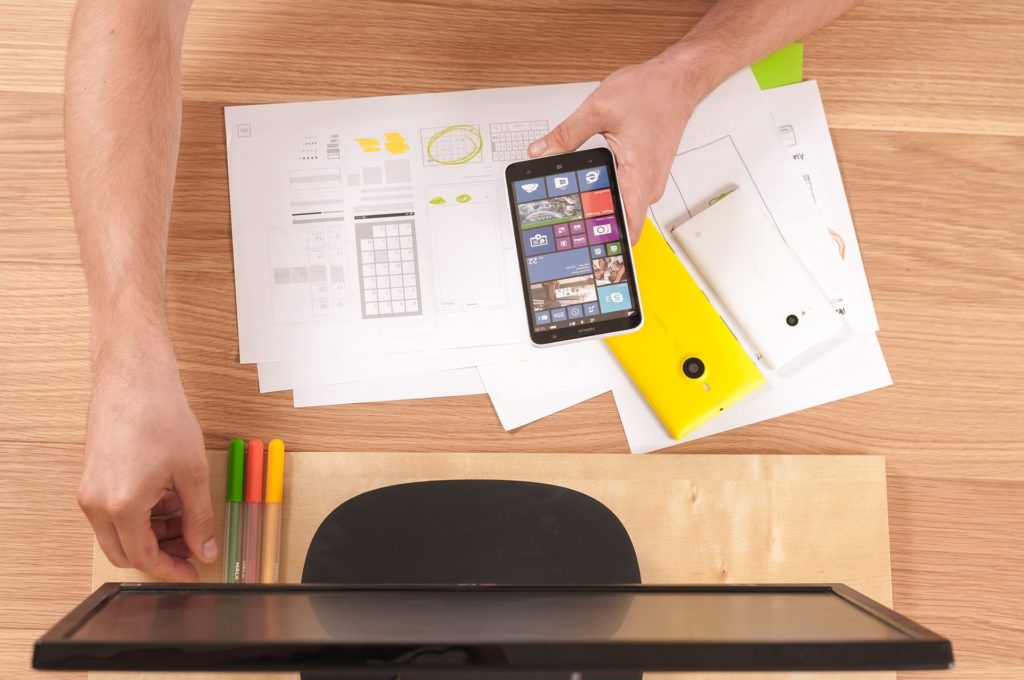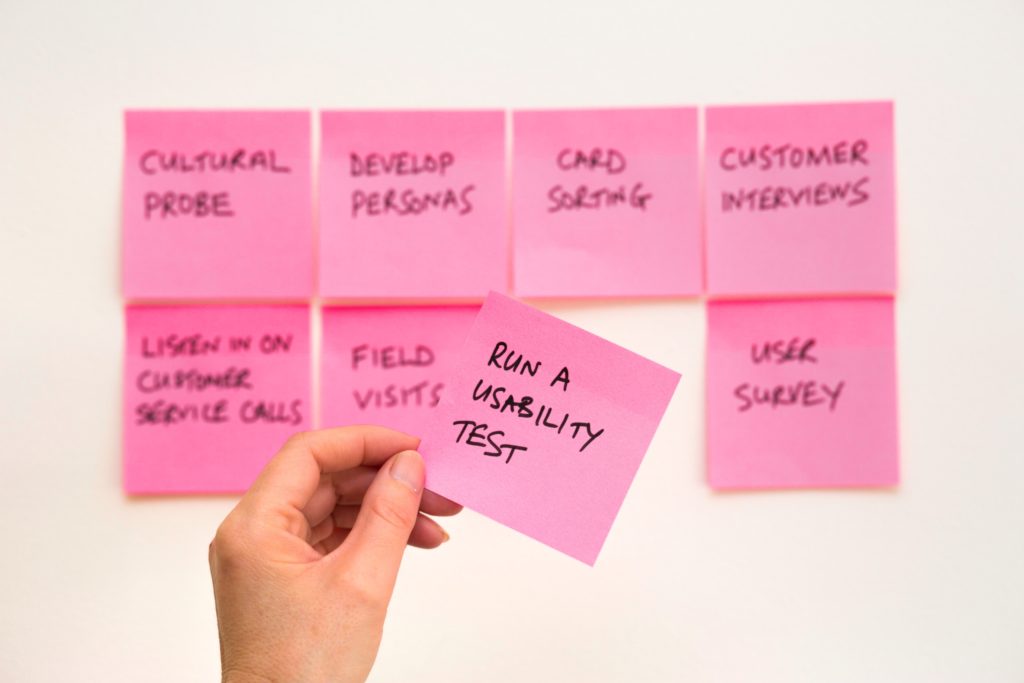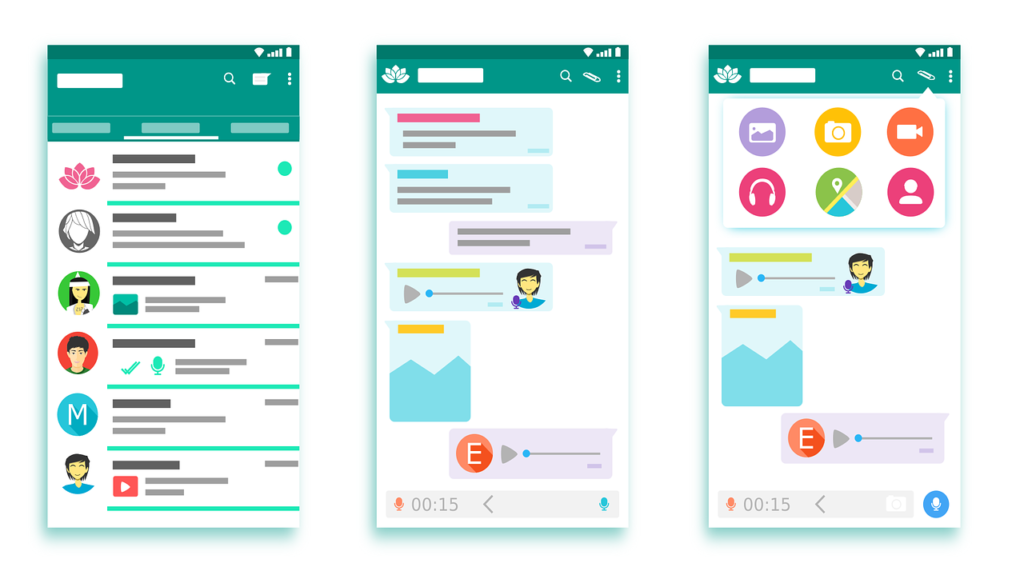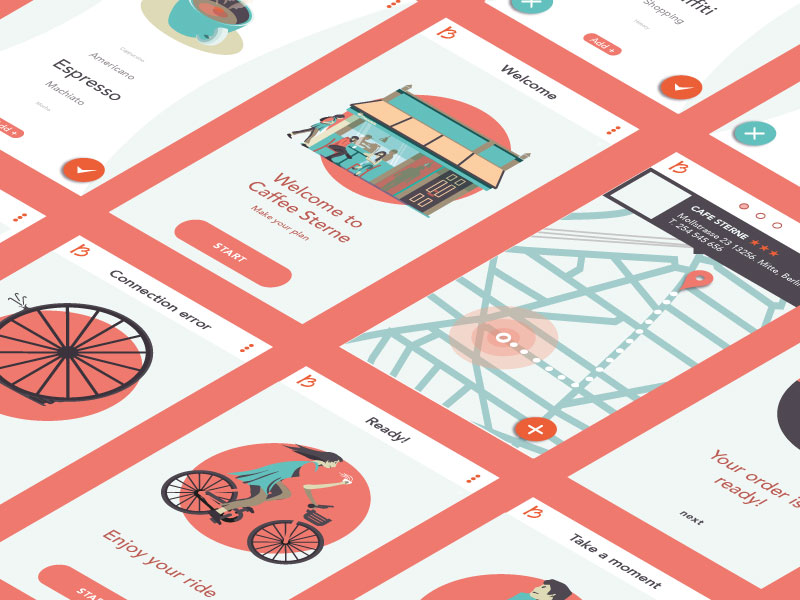There is no doubt in the fact that mobile apps have penetrated every sphere of our life, including even some of the innermost recesses of our daily life. Yes, for a modern person living an urban life without mobile apps is unthinkable. From working as a ready to use organizer and productive tool for all-day to tasks to using apps for highly professional and enterprise-tasks such as customer relationship management and project coordination, mobile apps are pretty much into everything.
But not all mobile apps are equally successful and engaging enough for the audience principally because if the fault lines in user interface and user experience. This is why UI/UX experts are always after finding the most relevant and time-tested design principles used for other successful apps.

Here we are going to explain the key steps in the UI/UX design process of an app.
Table of Contents
1. Carry out an extensive UX research
For any development initiative, it is imperative to know about the user expectations and the value they need from your app. This requires carrying out extensive user research and finding the user categories and their respective preferences and attributes. Based on these user-specific attributes, you can fine-tune your app idea, shape the app design, and build the app.
Now the question is how to go about UX research really? There are standard methods and procedures used by too many successful apps that you can follow and learn from. For user research, you should gather as much relevant information as possible regarding your target users, the companies in competition, the overall market dynamics, etc.

Here are some of the most trusted methods to carry out successful user research.
- Desk research is the method to gather in-depth knowledge and information about the User Experience design done by apps in the past. This will give you a solid idea about the prevailing UX design principles in the market.
- The second method refers to the evaluation of the UX of a digital app by experts to find a variety of usability issues and UX shortcomings.
- The third and most crucial method is to analyze the competitor apps to evaluate the strong and weak points of the respective apps. Based on this evaluation, a better app development strategy can be reached upon.
- The next important step is to carry out in-depth interviews with potential users to find out the shortcomings and issues from the user’s point of view. It is a structured interview run by a UX researcher with potential users.
- Another important step is to carry out an analysis of the behavioral data of the users. By analyzing user behavior while using an app, the UX researcher can easily know where the UX can be further fine-tuned or designed better.
- Heatmap analysis is also a great method to know how users are able to use the app to achieve their user goals. The heatmap analysis clearly shows the user actions like the cursor movements, clicks, and eye movements in the user journey through the app.
- Validating the product idea is another important method to validate the final design and its implementation. This validation actually tests whether the app product has any scope of market success.
Finally, while all of these research methods are considered effective, making a choice among them depends on a variety of factors like the app budget, the stage of development, the complexity of the app, and the planned time of launch.

2. Developing A User Persona
Now that extensive and in-depth user research has provided you all the relevant insights about the user expectations, faultlines, and the pitfalls of the design, it is time to utilize this user research data into workable UX design methods. Well, on the basis of user research data, you first need to create a user persona for your app.
User personas are fictional characters who represent the actual user types for your app.
Naturally, user personas share all the different behavioral attributes and characteristics of the actual users. It would help if you created the persona based on all the information, and insights that you have collected through the user research methods.
It would help if you designed the user personas based on the user-objectives, user behavior, their preferences, and their pain points as envisaged by your user research. The sole goal of creating the user persona is to incorporate the specific personality attributes to the scheme of things for UX design in a user-centric manner.

3. Creating Wireframes and Prototypes
Now by building user persona, you have progressed towards building the actual app by incorporating all the insights about your target users. User persona will continue to guide you regarding the UX design decisions. But you need to validate the app UI/UX design through wireframes or prototypes.
Wireframes or prototypes are nothing but a rough sketch of the intended app design that shows the UI design screen by screen.
Wireframes are created to give a clear idea about the app design and how it is going to work. The wireframes and prototypes help to evaluate the design shortcomings and areas where the design needs further tuning.
Now coming to prototyping tools, simple pencil and paper can be enough to give a shape to your app idea. But for incorporating more details and a lot of specific attributes, you can use quality prototyping tools such as Sketch, Adobe XD, and a few others.

4. Build an MVP app
The final step is to build a basic app by following the principle of Minimum Viable Product (MVP).
MVP approach to app development always helps you to stay focused on the usability from the very beginning while remaining open to constant iteration and improvement.
You can just start with the basic design and a few most relevant features that together make the value proposition for your app. Thereafter, based upon user feedback and market receptivity, you can iterate and bring in new features as well as design elements to shape the app over time. This approach will help you launch the app faster while always helping you to improve the app with new features and design changes.

Conclusion
Did we miss anything? Probably not, because for a successful app startup to make a beginning, these key stages are obvious and cannot be compromised with. These are the steps that will provide your app UX design a strong foundation.
Author Bio: Juned Ghanchi CEO and co-founder at IndianAppDevelopers, a top mobile app development company in India known for developing cutting edge iOS and Android platform based apps. Juned has extensive experience in lead generation and marketing technology.
Don't forget, sharing is caring! :)

